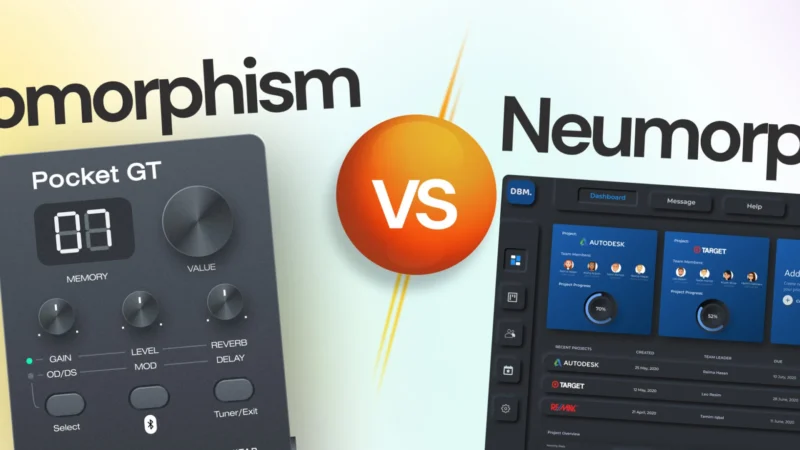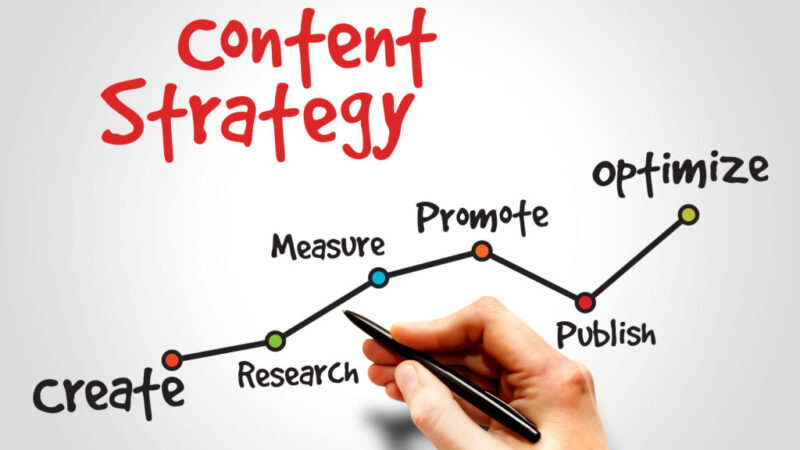Microinteractions:: Exploring Small yet Impactful Interactions that Boost Engagement and Delight Users

Introduction
These tiny details are referred to as micro-interactions, and they play a pivotal role in enhancing user engagement and satisfaction. In this blog post, we’ll explore what micro-interactions are, their benefits, and how they can significantly impact user experiences. Whether you’re a designer, developer, or curious about user experience trends, understanding micro-interactions is key to creating delightful digital products.
What Are micro-interactions?
micro-interactions are subtle, often minute interactions that occur within a product or interface, focusing on a single task or event. They can be animations, gestures, sounds, or visual cues that guide users through their interactions. These small yet significant elements create a more dynamic and engaging user experience.
Key Components of micro-interactions
micro-interactions typically consist of four essential parts:
- Trigger: How the interaction starts—this could be user-initiated (like clicking a button) or system-initiated (such as a notification).
- Rules: The guidelines that explain how the interaction progresses. This defines what happens after the trigger is activated.
- Feedback: Information that describes the outcome of the user’s action. This could be visual feedback (like changing colors or animations), audio feedback (like sounds or alerts), or haptic feedback (like vibrations on mobile devices).
- Loops and Modes: These encompass the patterns of interaction—like how often the interaction occurs and the different states it can enter based on user input.
Why micro-interactions Matter
micro-interactions may seem trivial, but they hold immense value in user experience. Here’s why:
Enhancing User Engagement
When users interact with a product, they crave feedback to understand the results of their actions. micro-interactions provide this valuable feedback, which can keep users engaged longer.
“micro-interactions bridge the gap between users and their tasks, making experiences feel intuitive and responsive.”
Creating Emotional Connection
Well-designed micro-interactions can evoke emotions, turning an ordinary task into a delightful experience. For example, the playful animations that occur when sending messages on platforms like WhatsApp add a touch of fun to communication.
Improving Usability
micro-interactions serve as visual cues that guide users through a process, making complex tasks simpler. For example, a loading spinner indicates to users that their request is being processed, reducing uncertainty and frustration.
Types of micro-interactions
There are several types of micro-interactions that users encounter daily. Let’s explore some common examples.
Loading Indicators
When waiting for content to load, users appreciate visual or auditory cues. Examples include:
- Spinning icons
- Progress bars that fill
- Animated illustrations that suggest activity
These indicators help set expectations and reduce anxiety.
Button States
Buttons can change their appearance based on user actions:
- Default State: The initial look of the button when idle.
- Hover State: A change in color or size when a user hovers over it.
- Clicked State: A visual change (like a depression effect) to confirm the click.
Each state reinforces the user’s actions, providing assurance that their input has been recognized.
Notifications & Alerts
Notifications are an integral part of many apps. Thoughtful animations for notifications, such as fading in and out, can grab users’ attention without being overly aggressive.
Input Validation
When filling out forms, immediate feedback on the validity of inputs is crucial. For instance:
- Green check marks for valid entries
- Red error messages when something is wrong
Both help users correct their mistakes swiftly and efficiently.
Best Practices for Designing micro-interactions
To harness the full potential of micro-interactions, here are some best practices to consider:
Keep it Simple
micro-interactions should enhance, not overwhelm. Avoid complex animations that can distract users from their primary tasks.
Be Consistent
Use consistent styles, colors, and animations throughout your application. This creates a cohesive feel and helps users intuitively understand how to interact with different elements.
Add Personality
Infusing personality into micro-interactions can make experiences memorable. Use playful animations or unexpected sounds sparingly to create joy during design.
Test and Iterate
Always test your micro-interactions with real users. Observe their reactions and gather feedback to refine designs continuously.
Conclusion
micro-interactions are crucial elements of modern design that ripple through the user experience, creating engagement, connection, and clarity. By focusing on these small, seemingly insignificant interactions, designers can produce an overall experience that delights users and sets their products apart in a crowded market.
As you move forward, consider how you can incorporate effective micro-interactions into your own projects. Perhaps revisit a current app or website and identify opportunities to enhance user interactions. Happy designing!
For further reading on enhancing user experiences through micro-interactions, check out Nielsen Norman Group’s guidelines on usability and micro-interactions.
Feel free to share your thoughts and experiences with micro-interactions below—how have they impacted your use of digital products?







